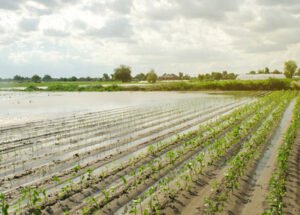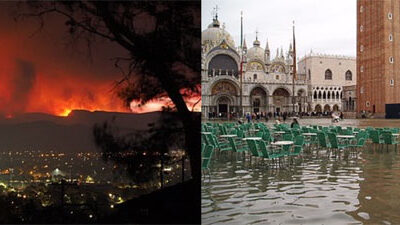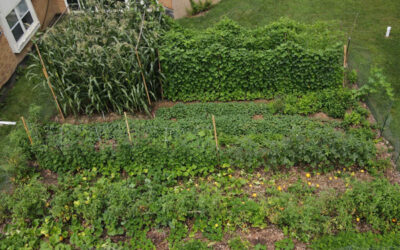For Policymakers Only
Everyday self-sufficiency gardeners should skip this
As I’ve mentioned many times, both on this site and in the book, it’s imperative that gardeners be inspired by joy. If they don’t enjoy gardening, it’s simply not worth the effort, and they won’t do it anyway (or at least not for long), no matter how many benefits they’re missing out on. Joy absolutely must be the functional driver of the whole endeavor.
However, for policymakers it’s different. Their prime responsibility is to do what’s best for the country as a whole, so their purview needs to be a good bit more encompassing. For them, the most important reason for as many gardeners as possible to be growing their own food is that—stated as positively as possibly—Nature likes safety first. That is, it’s a matter of national security. In these times, a country whose food supply is provided largely by self-sufficiency gardeners will be immensely more secure and stable than one that doesn’t enjoy that easily attainable safety margin. In fact, there is nothing that can better ensure national security than many, or better, most households having a prodigious supply of home-grown food at their doorstep.
That’s why policymakers need to be aware of the many threats to the U.S. food supply that currently have ultra-thin regional, national, or global safety margins, exacerbated by the increasing frequency of catastrophes:
The most immediate threats
- Continued or new pandemics
- Extreme heat waves in the NW and NE, fires in the West
- Shipping accidents such as the Ever Given in the Suez Canal
- Power losses like that in Texas in the winter of 2020
- “Just-in-time” restocking: supermarkets typically have only a three-day supply of food
- Flood-causing storm events like derechos (e.g., the Midwest in 2020), hurricanes, tropical depressions, enormous storms like Sandy, and so on
Ongoing, everyday threats
- Food recalls
- Livestock diseases such as those that recently wiped out millions of chickens and pigs
- Rapidly increasing incidence of overweight (now 70 percent of the population) obesity (43 percent), and people who are diabetic or prediabetic (almost 50 percent).
Larger, overarching threats
- Climate change exacerbating the threats above, and others, such as sea level rise
- Overdue megaflood in the Central Valley of California
- Continued loss of topsoil 10-17 faster than it’s being replaced
- Water shortages caused by extreme droughts and overdraught of aquifers

This wasn’t a one-off, freak event. Geological records show that Central Valley megafloods also happened sometime during the periods 1235-60, 1395-1410, 1555-1615, 1750-70, and 1810-20. That is, there was a megaflood every 100-200 years. Let’s see now, 2021-1862 = 159, so the Valley is definitely due for another one. Given the increasing turbulence of extreme weather events due to climate change, it would be enough to make me nervous if I were a Valley resident.
The Native American Indians who lived there knew very well about these floods, which is why when they saw one coming (as they did in 1861, according to historical records) they literally headed for the hills, returning only when the water had safely (for a while) subsided. But can you imagine the scenario if one hit now? No, you can’t, really. Not only would it displace millions of people and livestock, and crops, it would cause severe food shortages throughout rest of the country.
That’s why it makes sense for policymakers to do everything they can to encourage and support the expansion of existing home food gardens, the starting up of new gardens, and the establishment of community gardens for everyone who wants to enjoy gardening but lacks access to appropriate space. Just as a matter of national security.
Oh, and assuming that only you, policymakers, are still reading this, please don’t tell actual or potential self-sufficiency gardeners. We want to be sure that they’re motivated mainly by joy.





0 Comments